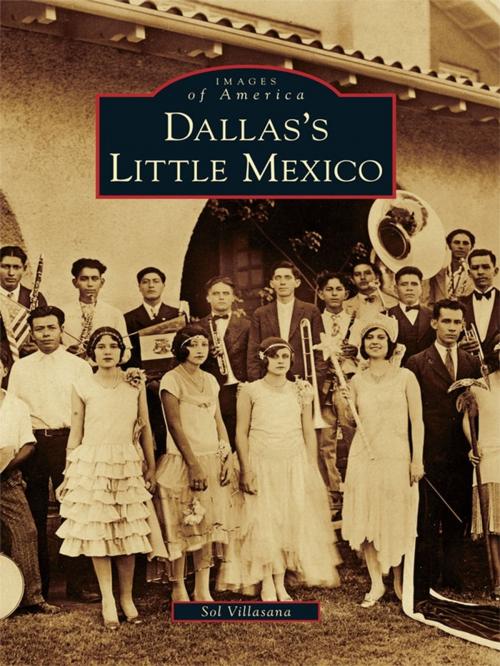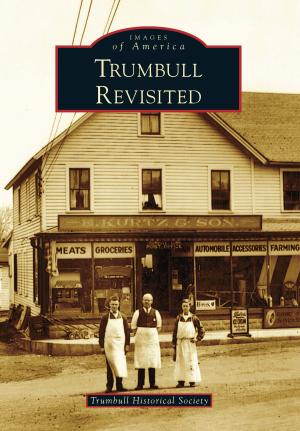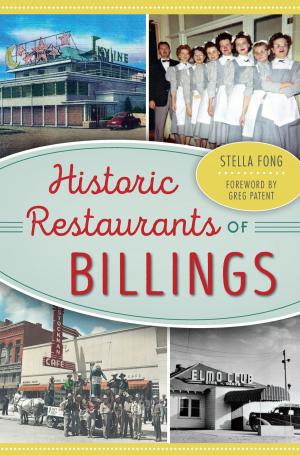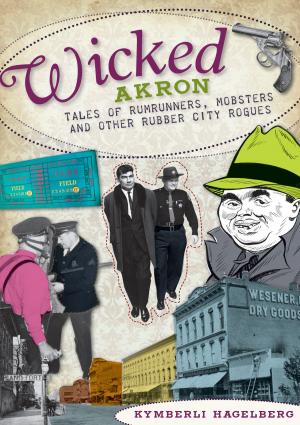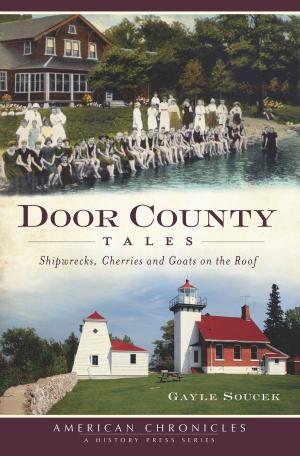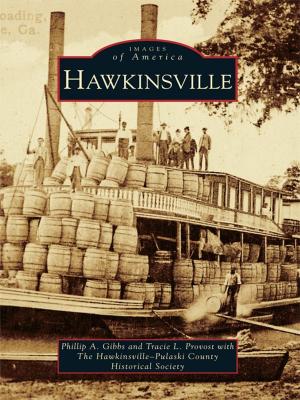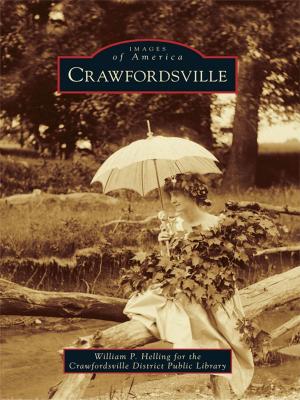Dallas's Little Mexico
Nonfiction, Travel, United States, South, Art & Architecture, Photography, Pictorials, History, Social & Cultural Studies, Social Science, Cultural Studies, Ethnic Studies| Author: | Sol Villasana | ISBN: | 9781439624852 |
| Publisher: | Arcadia Publishing Inc. | Publication: | April 4, 2011 |
| Imprint: | Arcadia Publishing | Language: | English |
| Author: | Sol Villasana |
| ISBN: | 9781439624852 |
| Publisher: | Arcadia Publishing Inc. |
| Publication: | April 4, 2011 |
| Imprint: | Arcadia Publishing |
| Language: | English |
Little Mexico was Dallas�s earliest Mexican barrio. �Mexicanos� had lived in Dallas since the mid-19th century. The social displacement created by the Mexican Revolution of 1910, however, caused the emergence of a distinct and vibrant neighborhood on the edge of the city�s downtown. This neighborhood consisted of modest homes, small businesses, churches, and schools, and further immigration from Mexico in the 1920s caused its population to boom. By the 1930s, Little Mexico�s population had grown to over 15,000 people. The expanding city�s construction projects, urban renewal plans, and land speculation by developers gradually began to dismantle Little Mexico. By the end of the 20th century, Little Mexico had all but disappeared, giving way to upscale high-rise residences and hotels, office towers of steel and glass, and the city�s newest entertainment district. This book looks at Little Mexico�s growth, zenith, demise, and its remarkable renaissance as a neighborhood.
Little Mexico was Dallas�s earliest Mexican barrio. �Mexicanos� had lived in Dallas since the mid-19th century. The social displacement created by the Mexican Revolution of 1910, however, caused the emergence of a distinct and vibrant neighborhood on the edge of the city�s downtown. This neighborhood consisted of modest homes, small businesses, churches, and schools, and further immigration from Mexico in the 1920s caused its population to boom. By the 1930s, Little Mexico�s population had grown to over 15,000 people. The expanding city�s construction projects, urban renewal plans, and land speculation by developers gradually began to dismantle Little Mexico. By the end of the 20th century, Little Mexico had all but disappeared, giving way to upscale high-rise residences and hotels, office towers of steel and glass, and the city�s newest entertainment district. This book looks at Little Mexico�s growth, zenith, demise, and its remarkable renaissance as a neighborhood.
